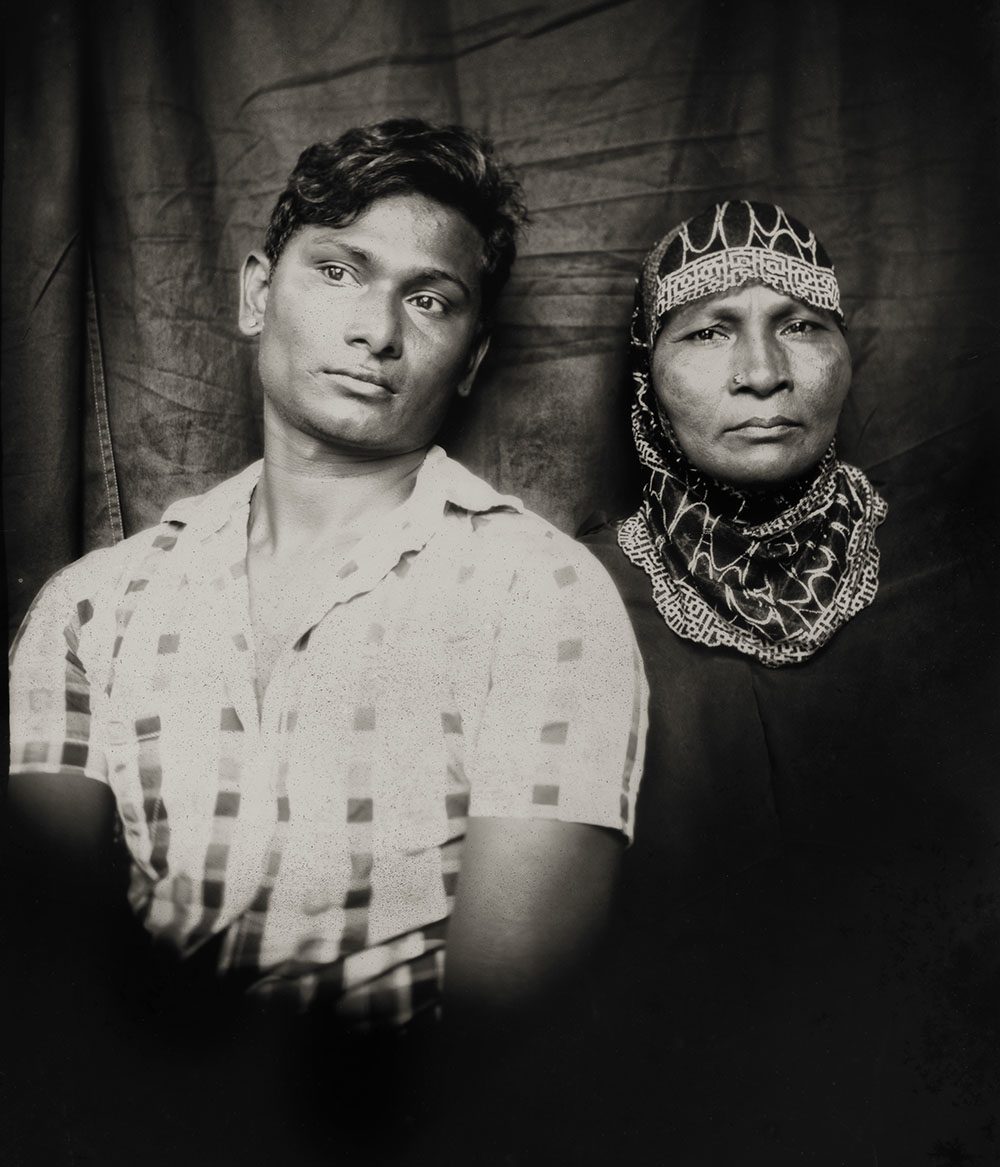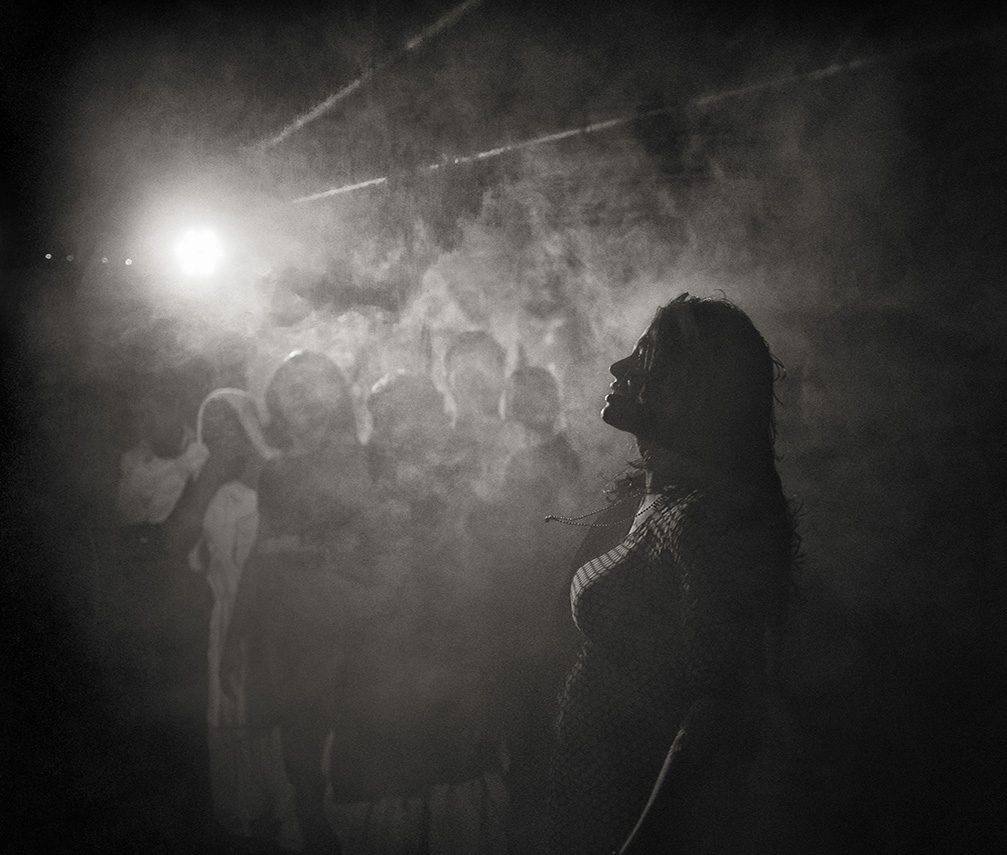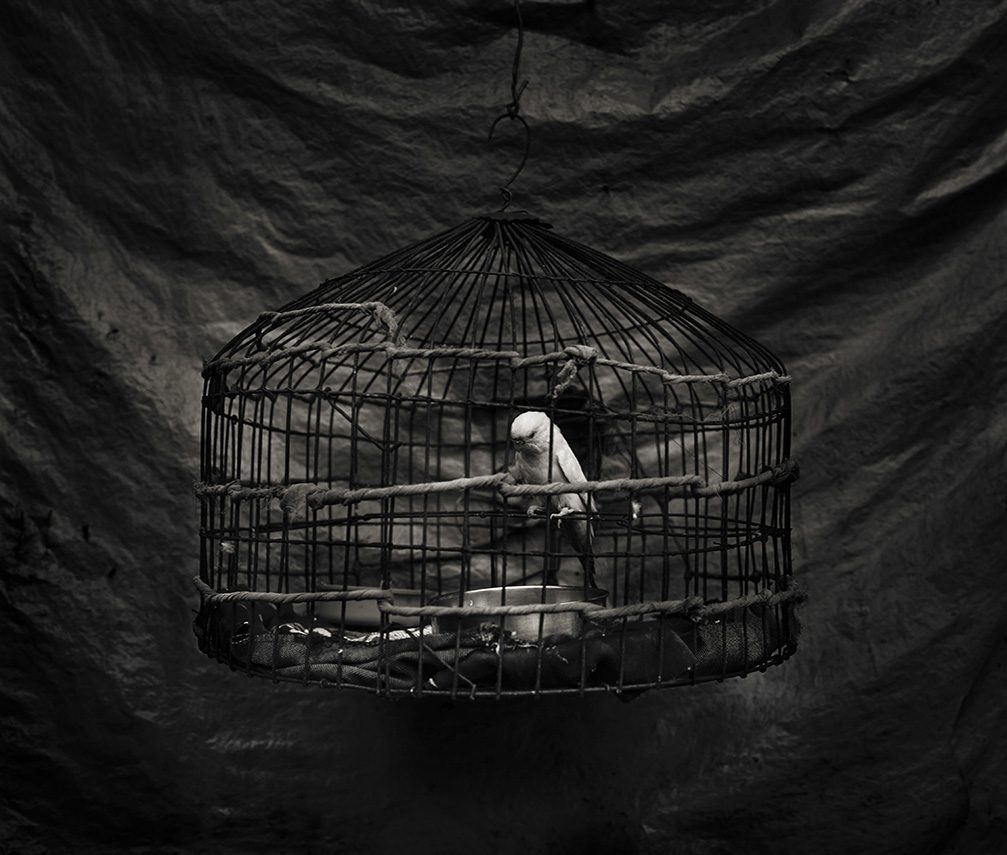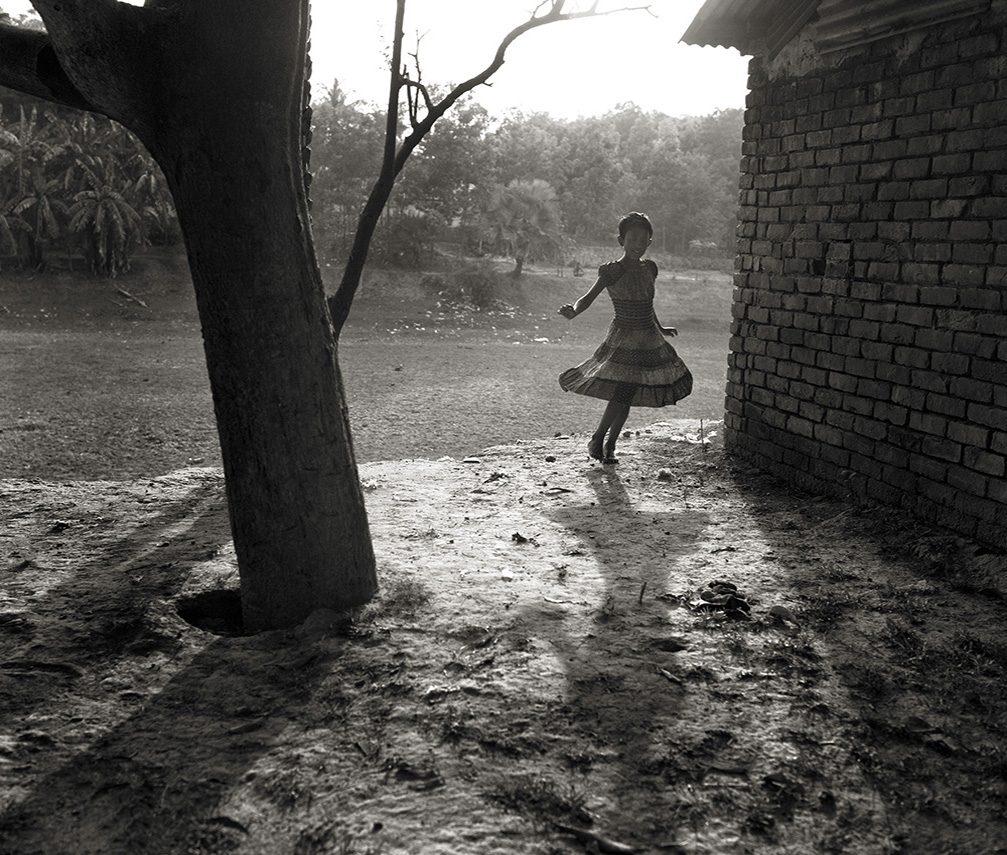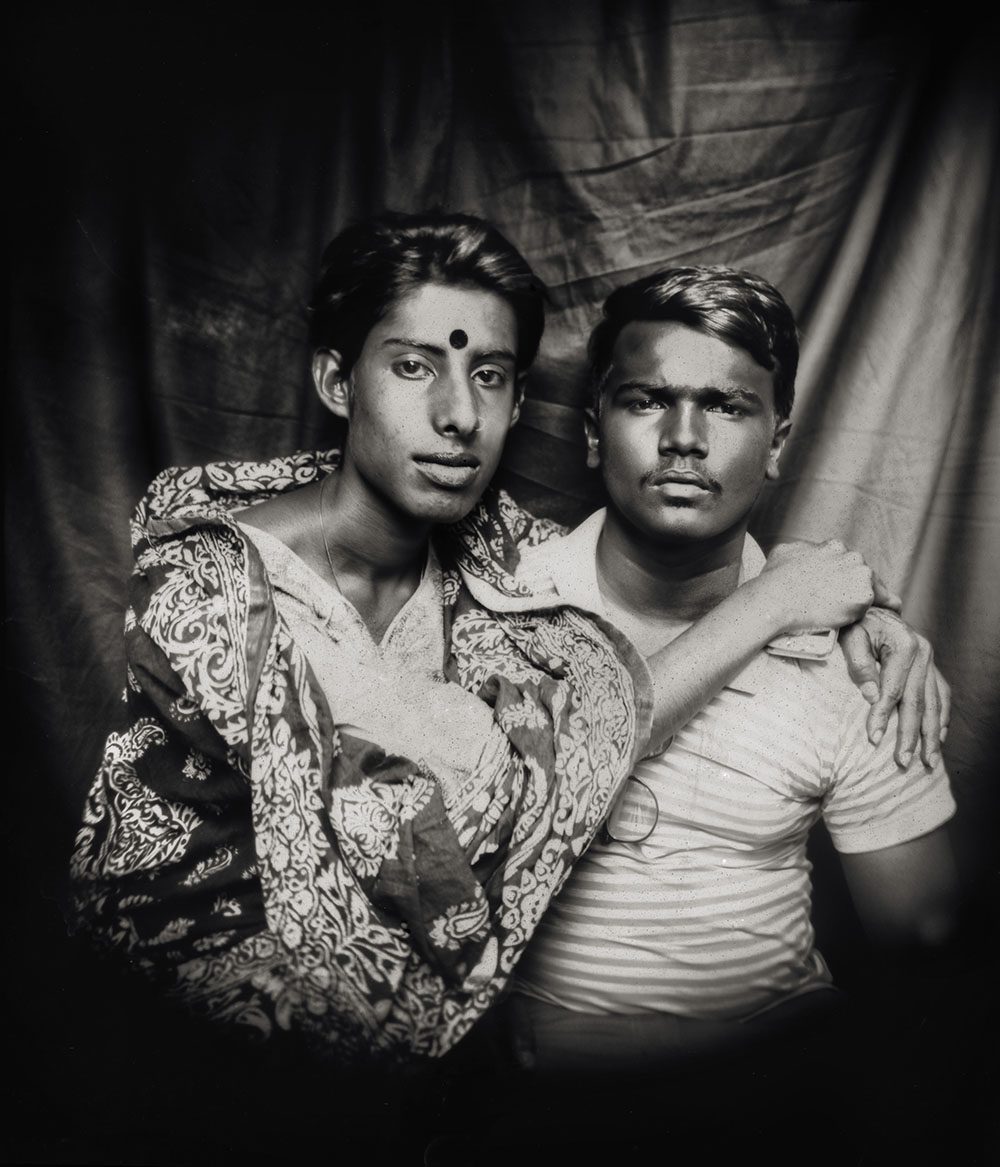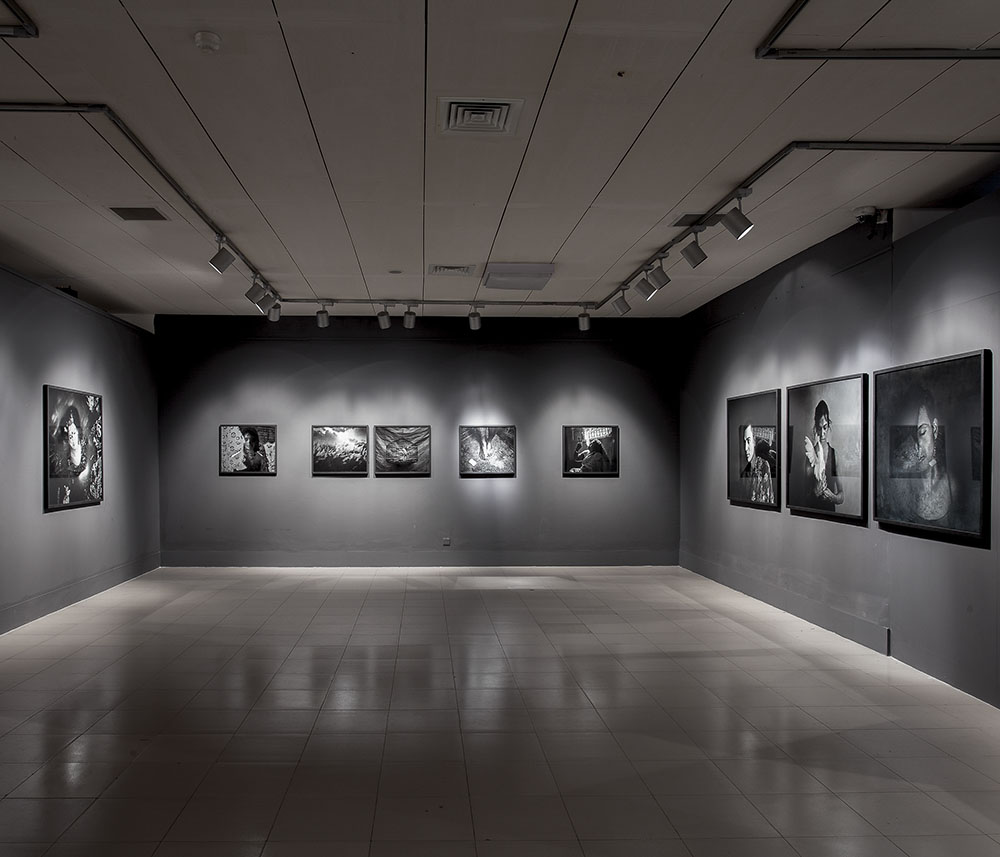Call Me Heena is a visual and personal exploration of the Hijra community in Bangladesh and India, those who live outside the male-female binary, often misunderstood, excluded, and yet deeply rooted in South Asian history and culture.
Hijras have existed for over two thousand years, once revered in Hindu and Muslim traditions, holding sacred roles in temples and royal courts. But colonial rule erased much of that respect. Branded as criminals, they were pushed to society’s edges. Today, many Hijras still face violence, poverty, and a daily struggle for dignity.
Growing up in Bangladesh, I inherited the silence and suspicion that surrounded them. That changed when I met Heena. She welcomed me into her world, offering me a glimpse beyond the stereotypes. Through her, I came to know Hijras not as symbols or spectacle, but as women—mothers, daughters, lovers, friends. Her honesty disarmed me. Her resilience taught me to listen.
“I feel like a flower made of paper,” she once said. “People admire me from afar, but never come close.” Her words stayed with me.
Since 2012, I have been photographing Heena and others in her community—women who build chosen families, who bless weddings and births, who dream of love, home, and recognition. They feel as I feel. They long as I long.
At dawn, I once walked with her through a market. Lights flickered from a wedding house. She paused and whispered: “I wish I had a husband who would take me home.” In that moment, I realized how often we deny others the depth of their desires, how easily we fail to listen.
This body of work is my attempt to do just that: to listen. To reflect the tenderness, strength, and survival I have witnessed over more than a decade. Though legal recognition as a third gender now exists in Bangladesh, centuries of exclusion do not disappear overnight. This is an offering—a space for not just seeing, but for truly hearing





